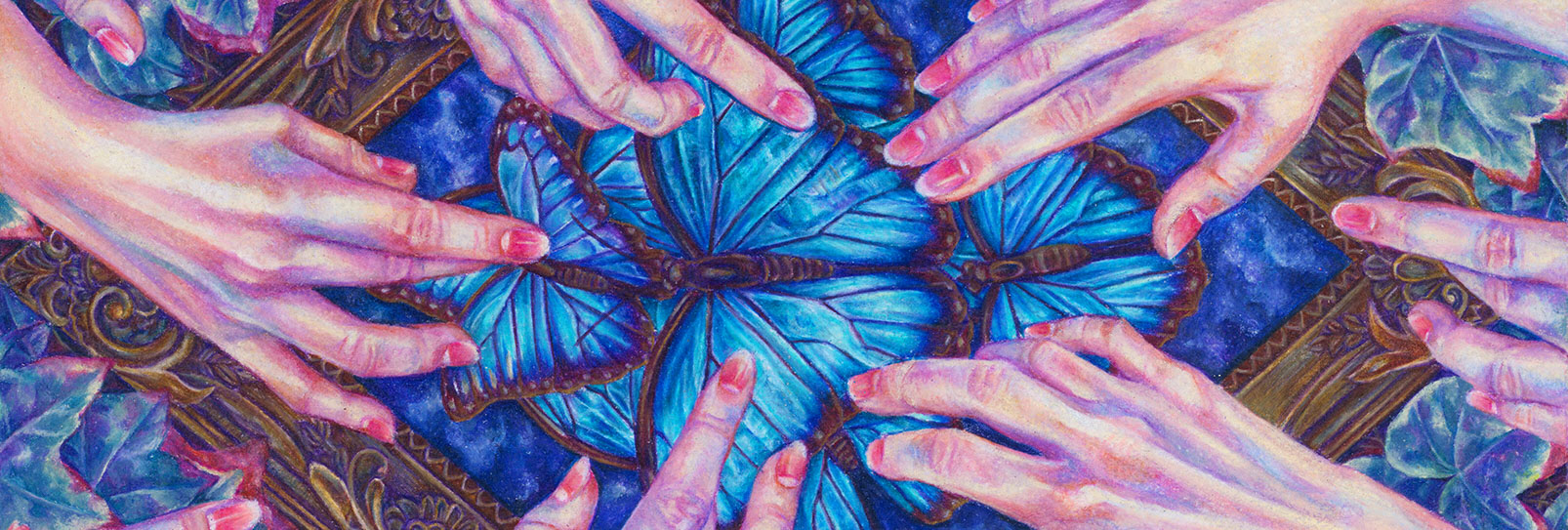Our History
Incorporated as an arts education institution in 1946 by an inspired group of stellar benefactors, Idyllwild Arts was envisioned to provide a secluded place where people of all backgrounds could come together to experience the arts.
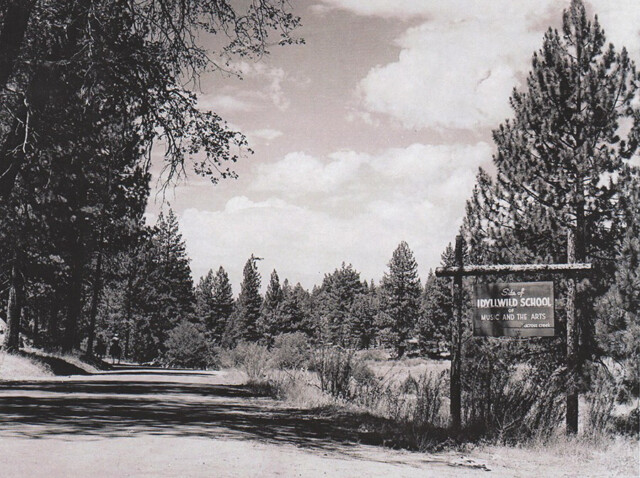
The history of Idyllwild Arts emerges from the stories of the countless talented artists, both teachers and students, who have made their contributions. Illustrious graduates include American Idol finalist Casey Abrams, contemporary artists Shepard Fairey and Nate Lowman, dancer Neal Beasley, actress Marin Ireland, jazz guitarist Graham Dechter, New York Philharmonic oboist Liang Wang, and other notables.
The principal founders were Dr. Max and Mrs. Beatrice Krone who assembled a small but prominent group of pioneers — Dr. Robert Kingsley and William Hartshorn, both professors at the University of Southern California, as well as Alfred Wallenstein, conductor of the Los Angeles Philharmonic Orchestra at the time.
The concept was simple: establish an educational arts institution “for the purpose of promoting and advancing artistic and cultural development primarily for the advancement of instruction in music and the arts.”
Thus the Idyllwild Arts Foundation was born and since its inception, Idyllwild Arts has more than fulfilled the legacy of these pioneers.
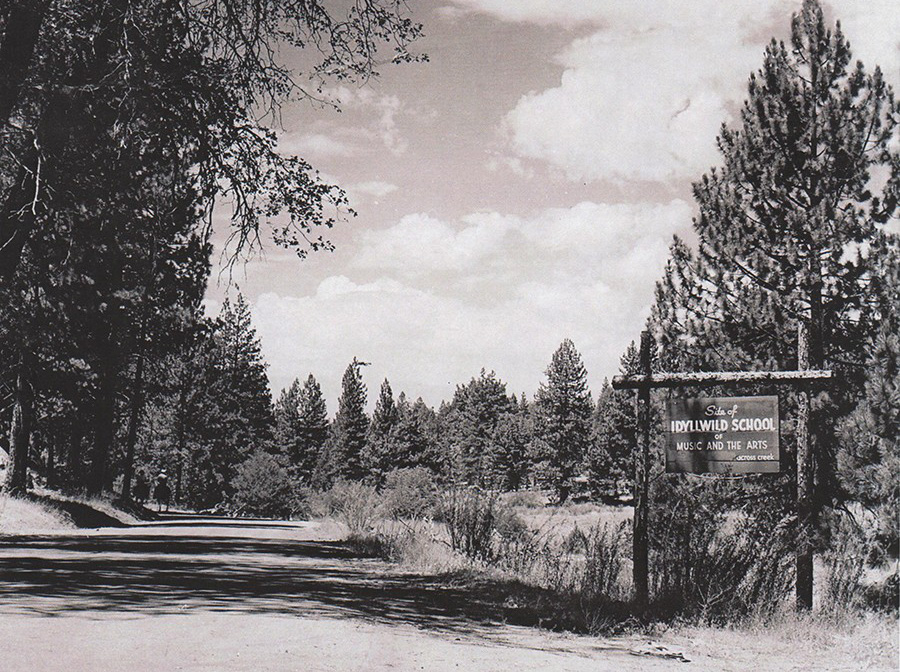
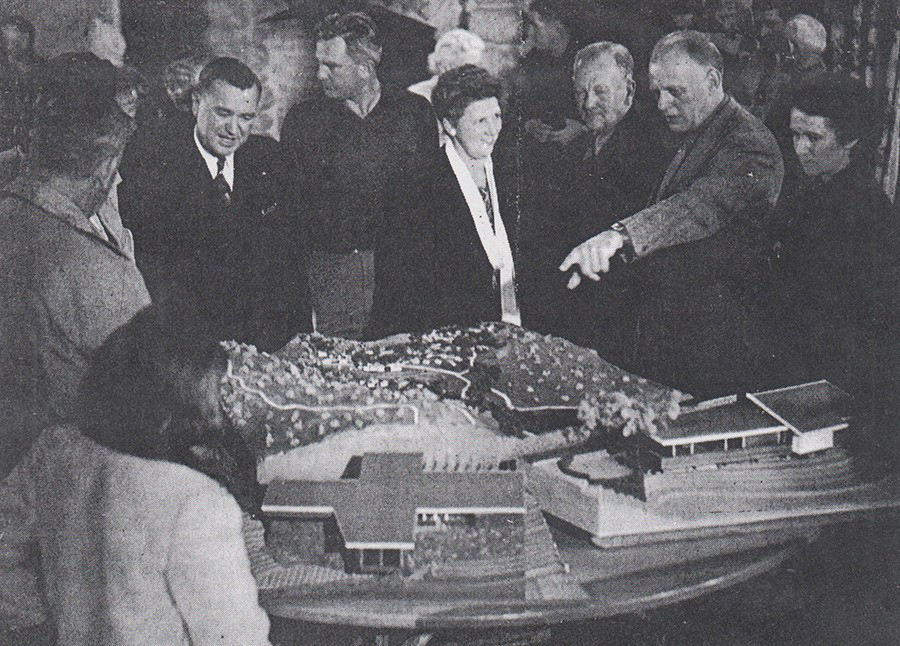
An Inspiring Mountain Idyll
The first order of business for the Idyllwild Arts Foundation was to purchase 300 acres of pristine forest in the tranquil mountain village of Idyllwild, located in Southern California’s San Jacinto Mountains.
Following the purchase of the land for the school, the vision began taking shape. Soon other USC luminaries, Arthur Gallion, Dean of the School of Architecture, and Architecture Professor Calvin Straub, joined the effort and designed the first buildings of the campus of the Idyllwild School of Music and Arts (ISOMATA), its original name. The name changed to Idyllwild Arts in 1995.
Among the first campus buildings were The Bowman Arts Center, the Steere Studio, the Birchard Studio, and the Troy Cabins – the first three were named after pioneer donors. The initial architectural plans also included the first of five dormitories.
While designing the campus, Arthur Gallion determined that 100 acres which bordered Strawberry Creek was more ideal for residential development and were subsequently sold off for home sites.
Today, Idyllwild Arts campus sits on 205 stunning acres dotted with picturesque pine forests, providing students with an inspiring setting as they pursue their study of the arts.
Summer Arts in Idyllwild
When ISOMATA opened on June 25, 1950, it was conceived to be a beautiful summer destination for workshops and classes in the arts. Dr. Krone, who was a part time resident of Idyllwild, was USC’s Dean of the Institute of the Arts, and he arranged for the courses taken at the Idyllwild Summer Arts Program to qualify for college credit.
The first summer workshops were designed for 6 weeks of intensive arts instruction and opened with 40 adult students. Today, the workshops range from 1 to 8 weeks and are now attended by nearly 2,000 children, youth, adults, and families.
The Idyllwild Arts Summer Program has attracted numerous distinguished artists from a wide range of disciplines, including Ansel Adams, Elizabeth Murray, Norman Corwin, Lucille Clifton, Meredith Willson, and Pete Seeger.
The Summer Program also includes a popular Native American Arts program which has featured such noted artists as Maria Martinez, Lucy Lewis, Fred Kabotie, Michael Kabotie, Juan Quezada, Bertha Stevens, and many more.
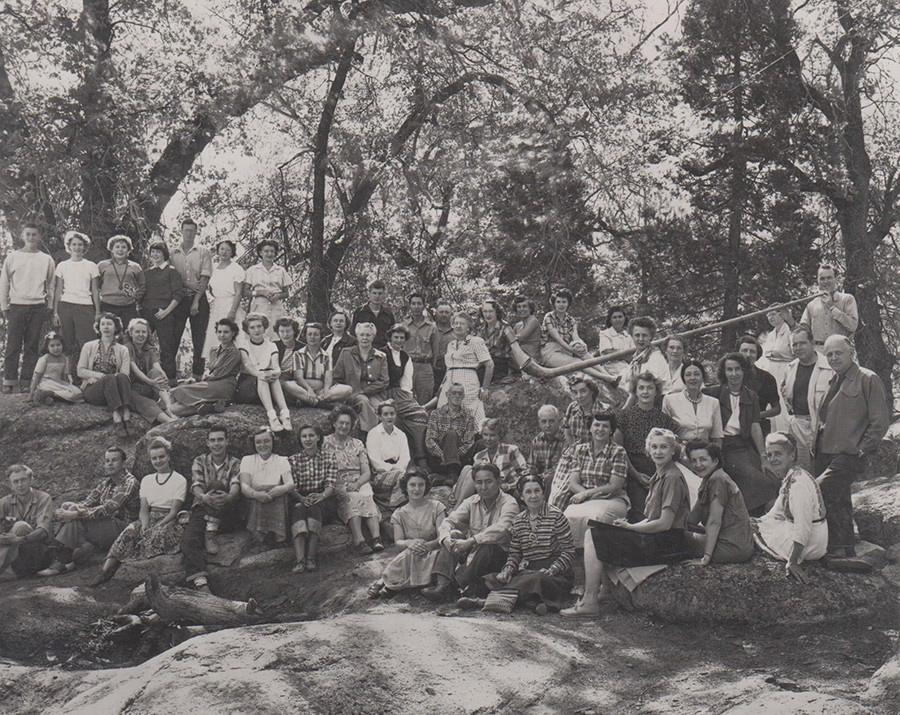
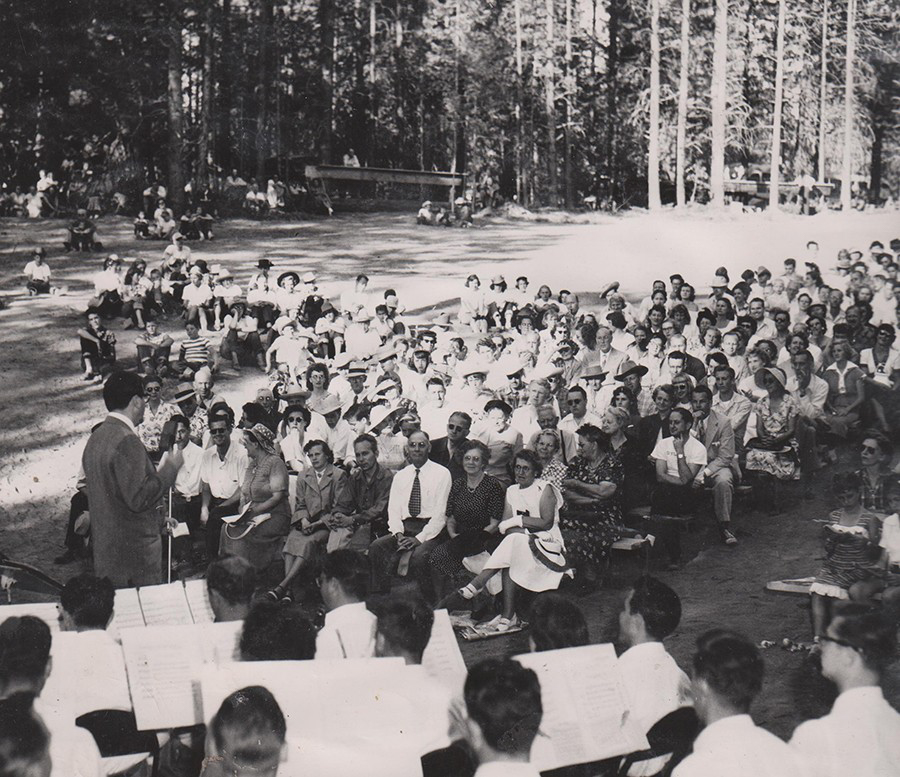
The Birth of Idyllwild Arts Academy
Idyllwild Arts continued its relationship with USC until 1983 when the board of ISOMATA voted to become a wholly independent nonprofit arts institution. This same year, a charismatic entrepreneur by the name of William Lowman was hired as Executive Director, a position he successfully held for nearly 30 years with skillful leadership.
A few short years later, in September of 1986, Idyllwild Arts expanded its mission and became a year-round school with the establishment of the Idyllwild Arts Academy, which is a boarding high school for the arts from September through May.
Idyllwild Arts Academy is only one of three major residential arts high schools in the United States and the only such school of its kind west of the Mississippi. Idyllwild Arts Academy began with 72 students, but the student body grew with the school’s international prominence. Today the Academy enrolls 320 students from about 35 different countries.
Pamela Jordan became President of Idyllwild Arts Foundation in 2014, and served as both President and Head of School of Idyllwild Arts Academy from 2016 – 2020. She continues to serve as President of Idyllwild Arts Foundation. She brought with her from her 13 years as Head of School of The Chicago Academy for the Arts a passion to make Idyllwild Arts Academy a global leader in 21st-century education.
